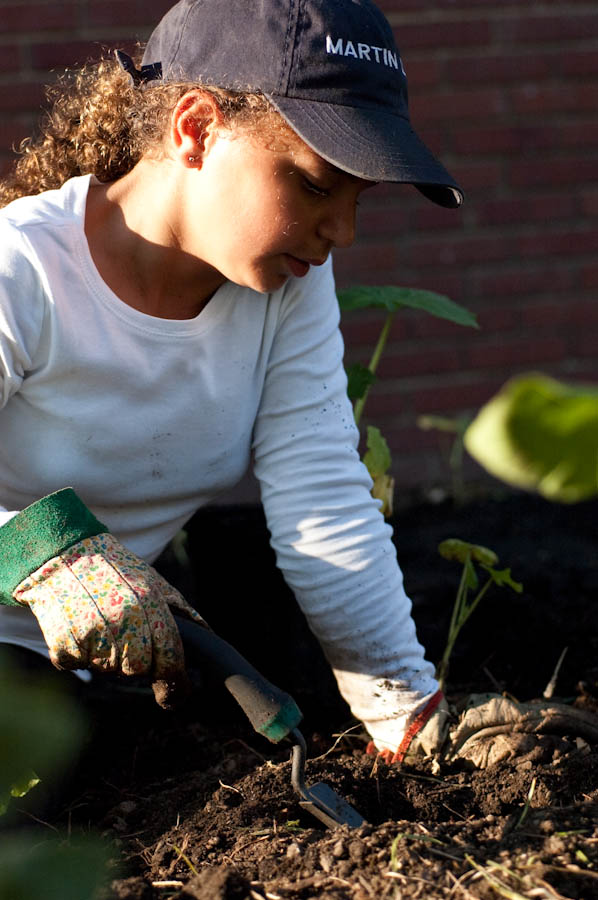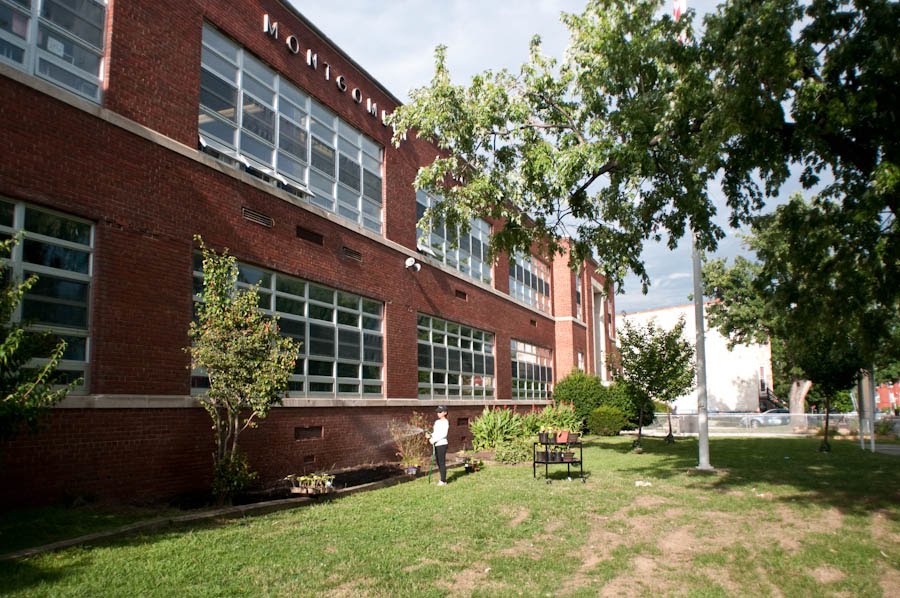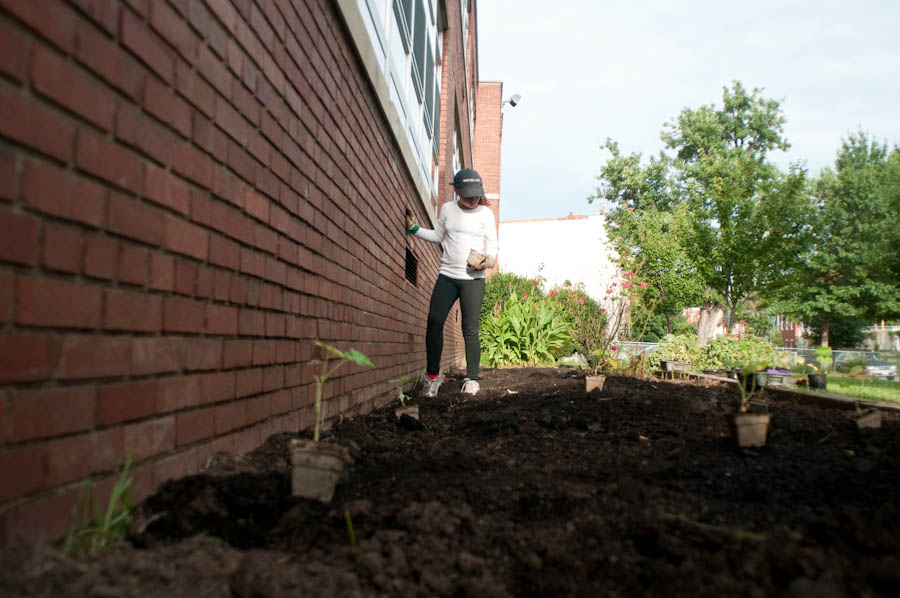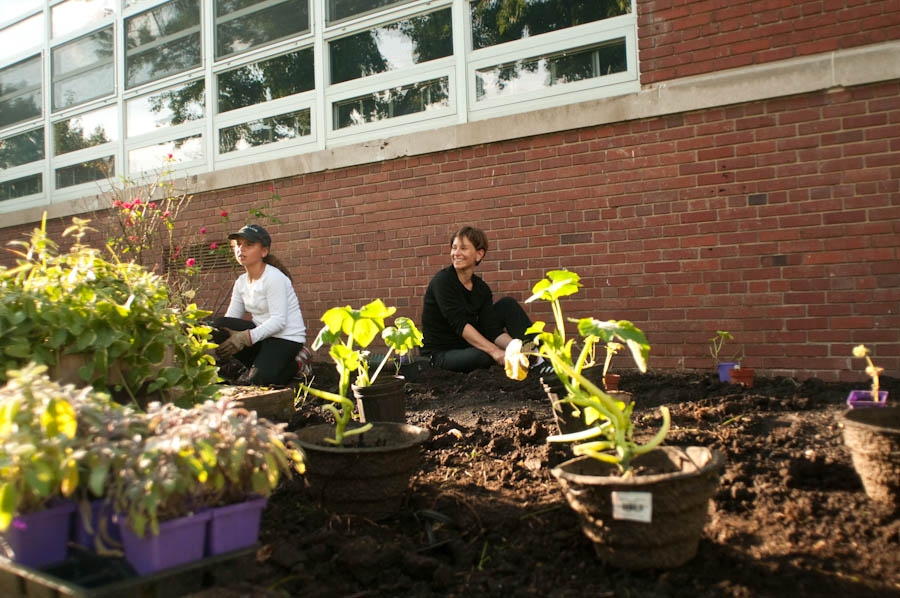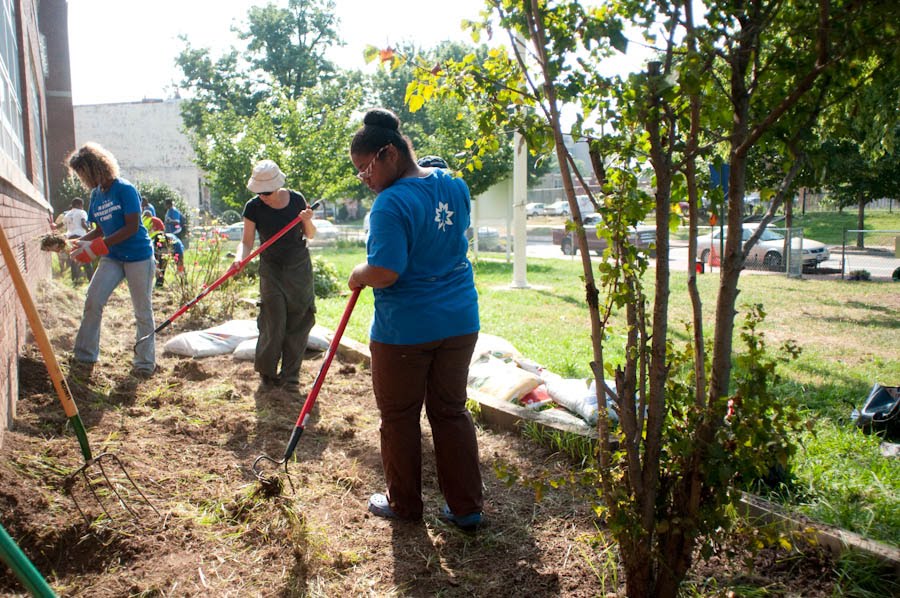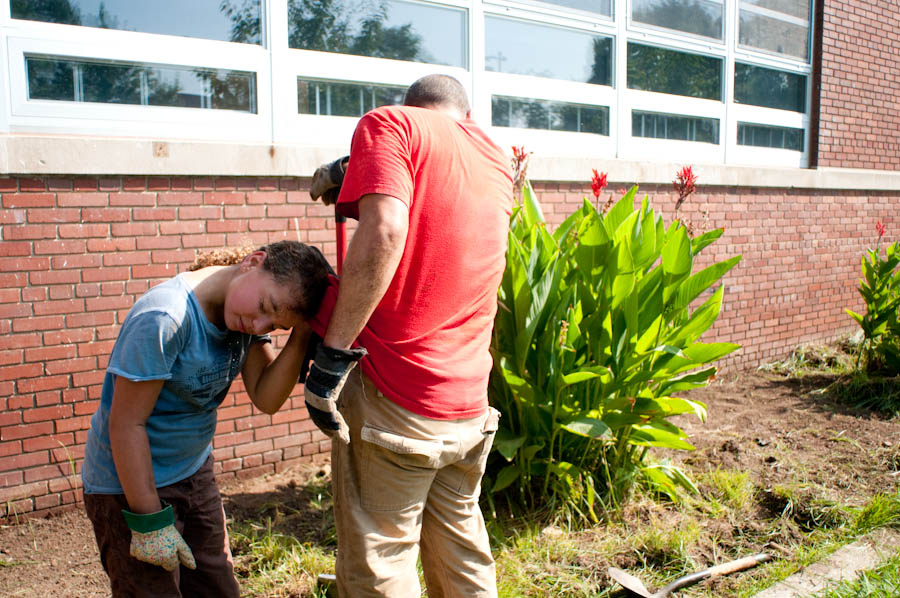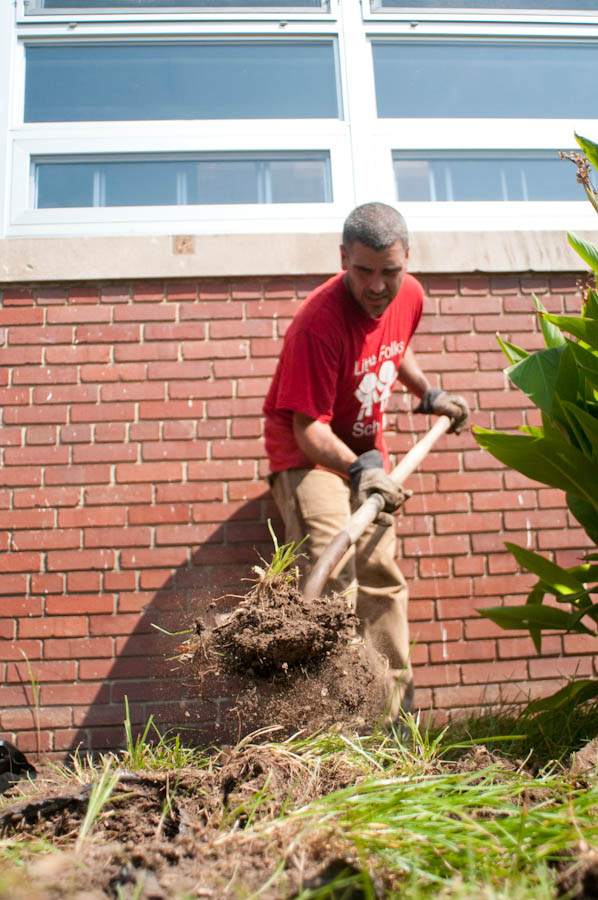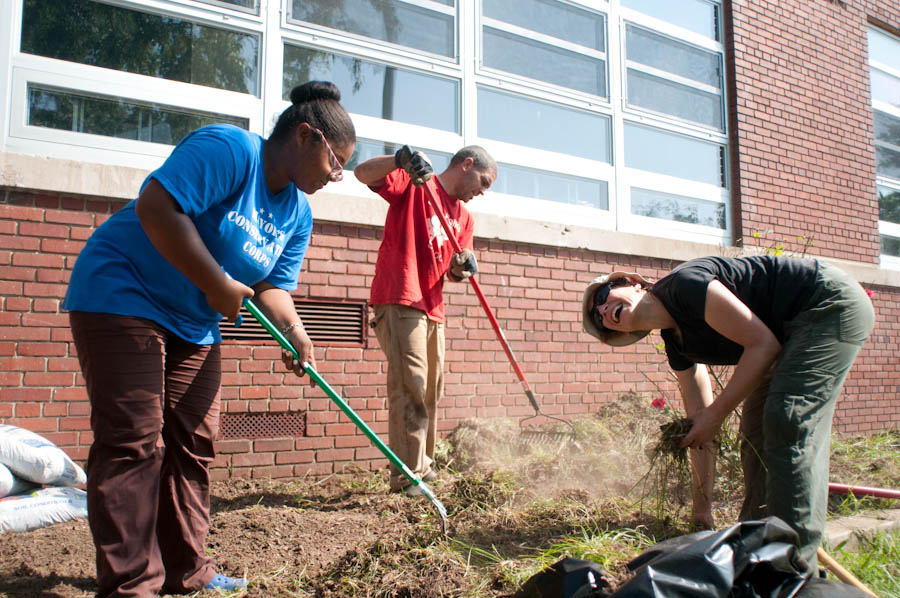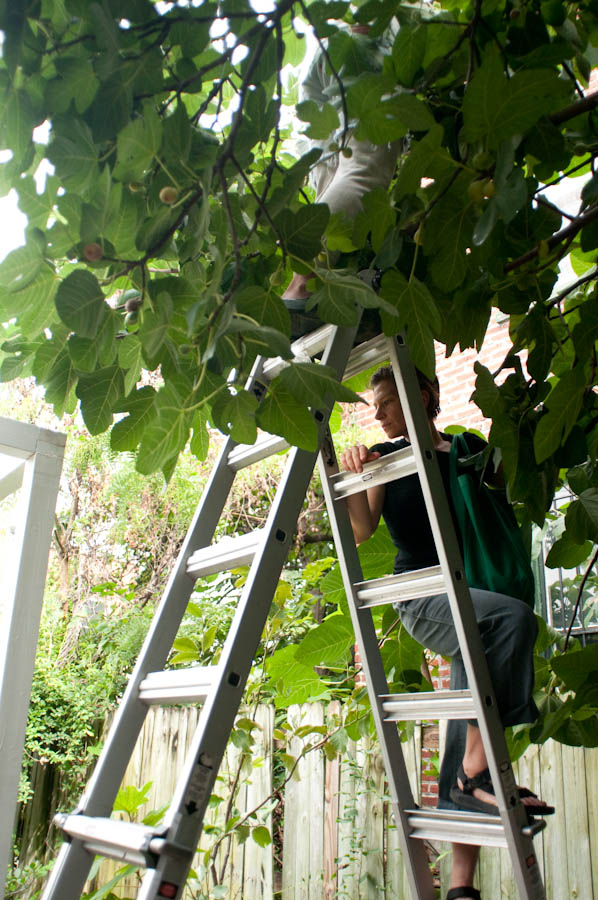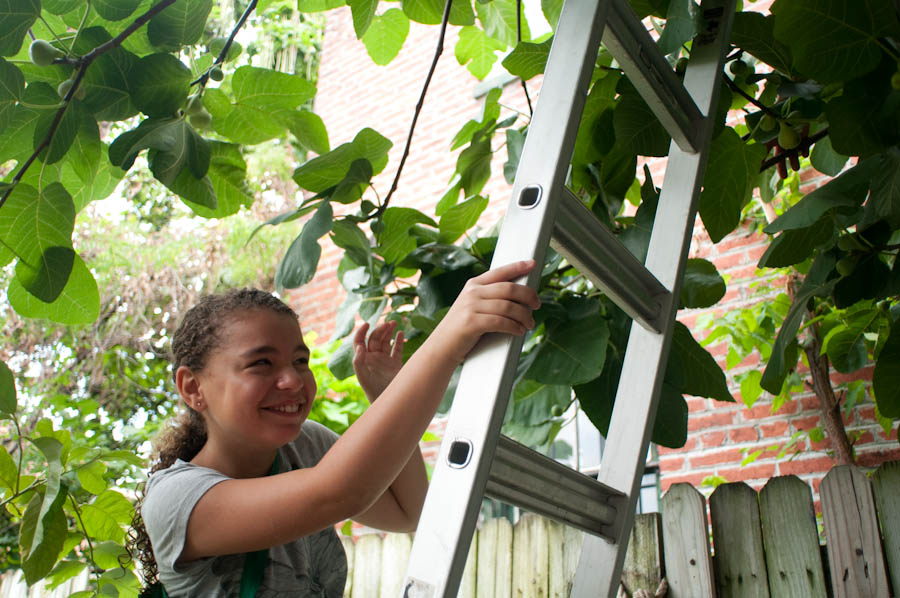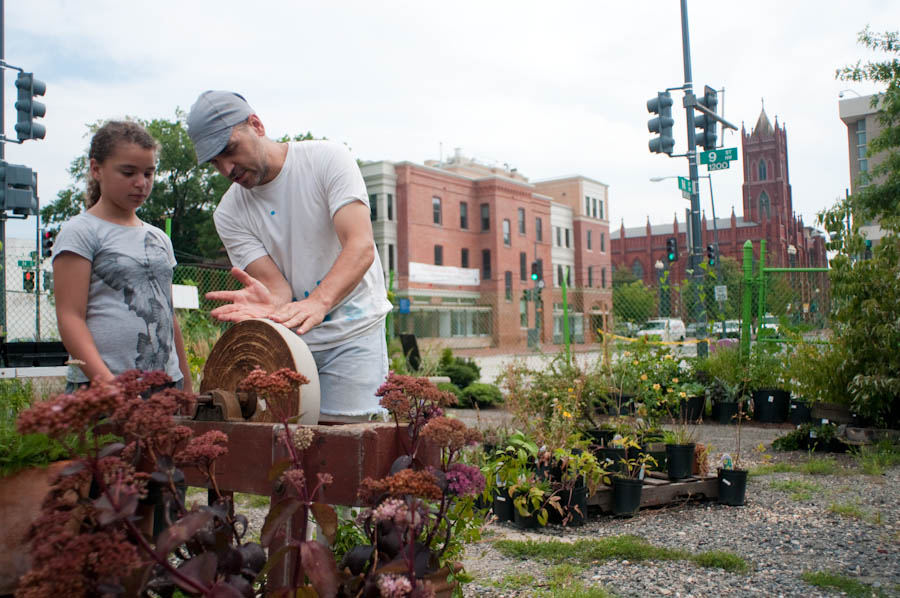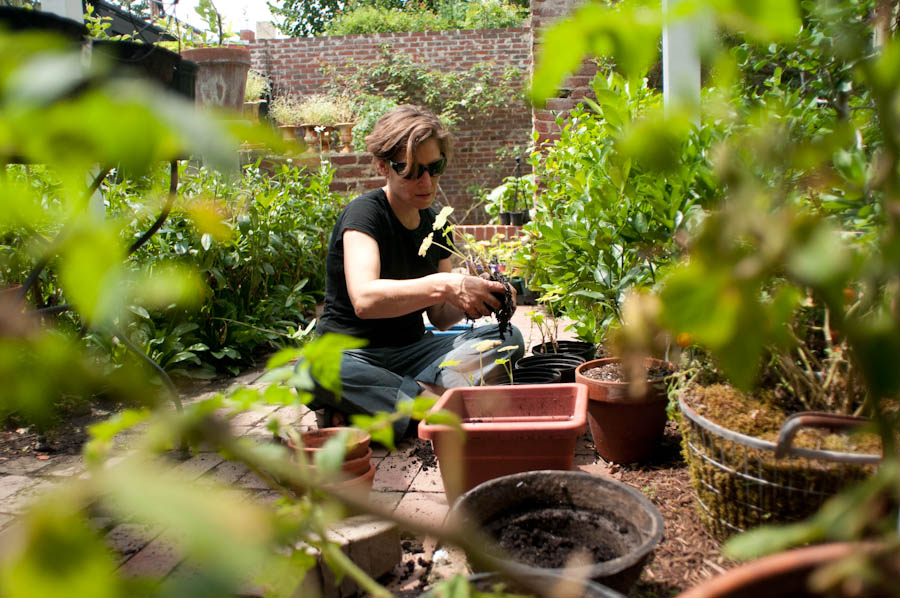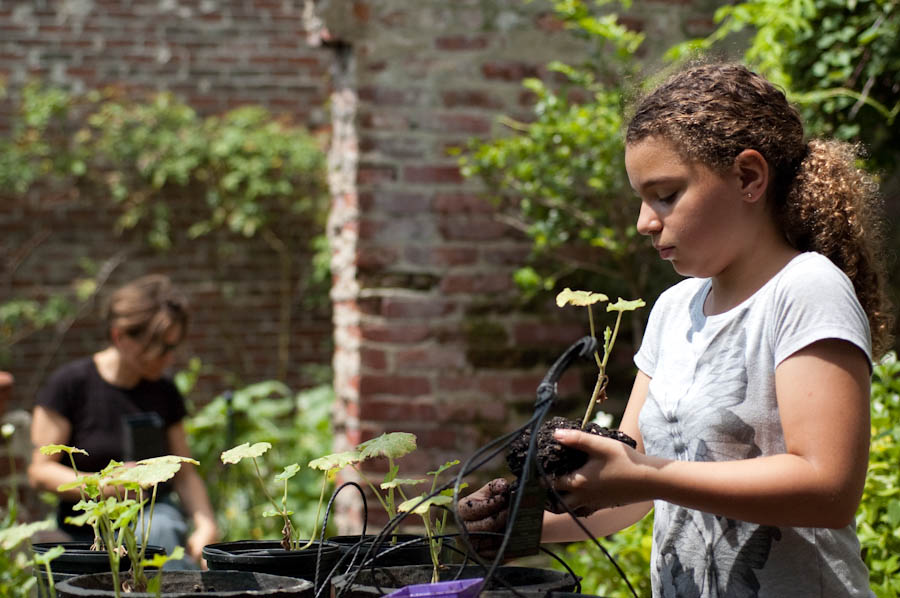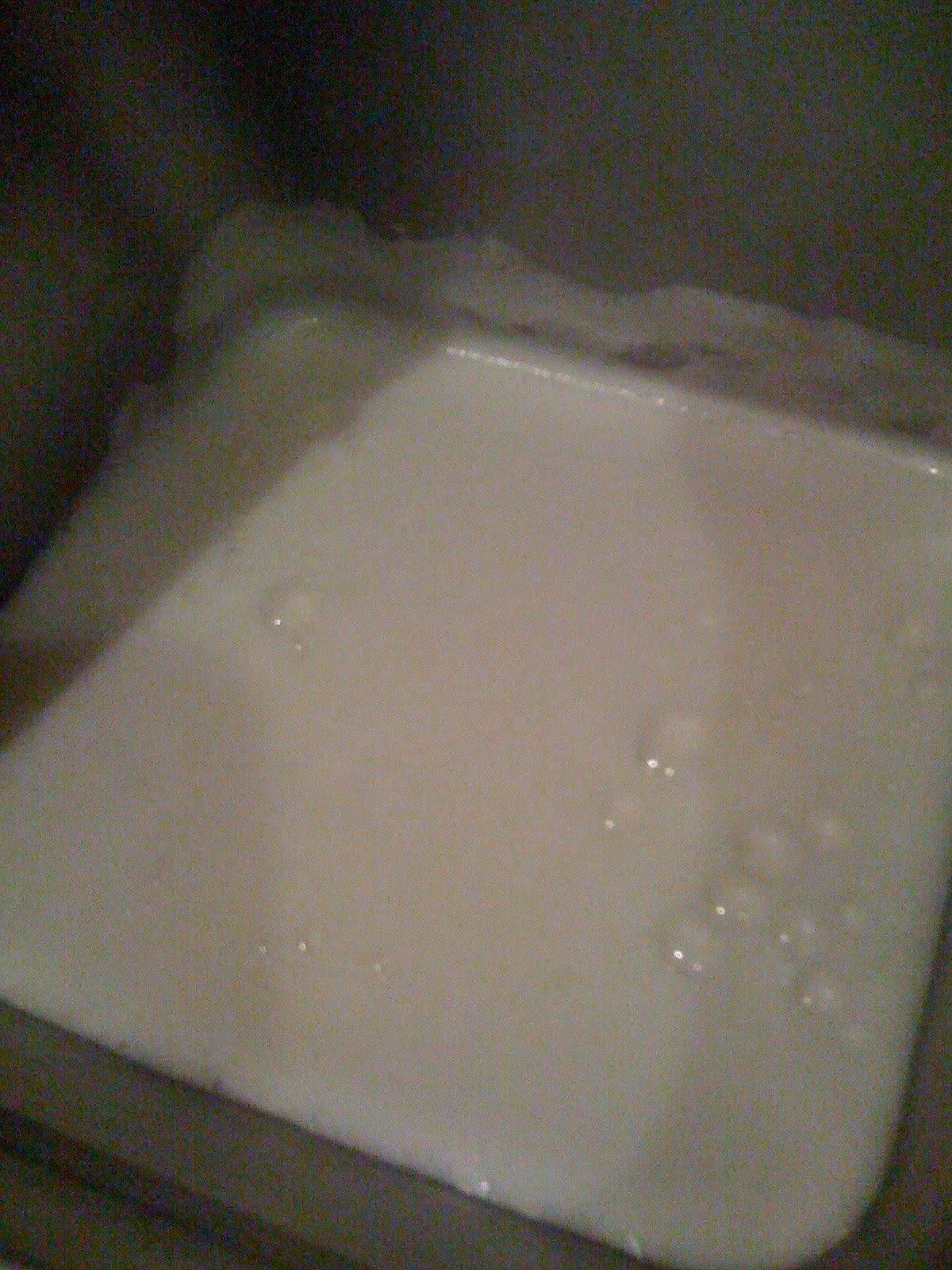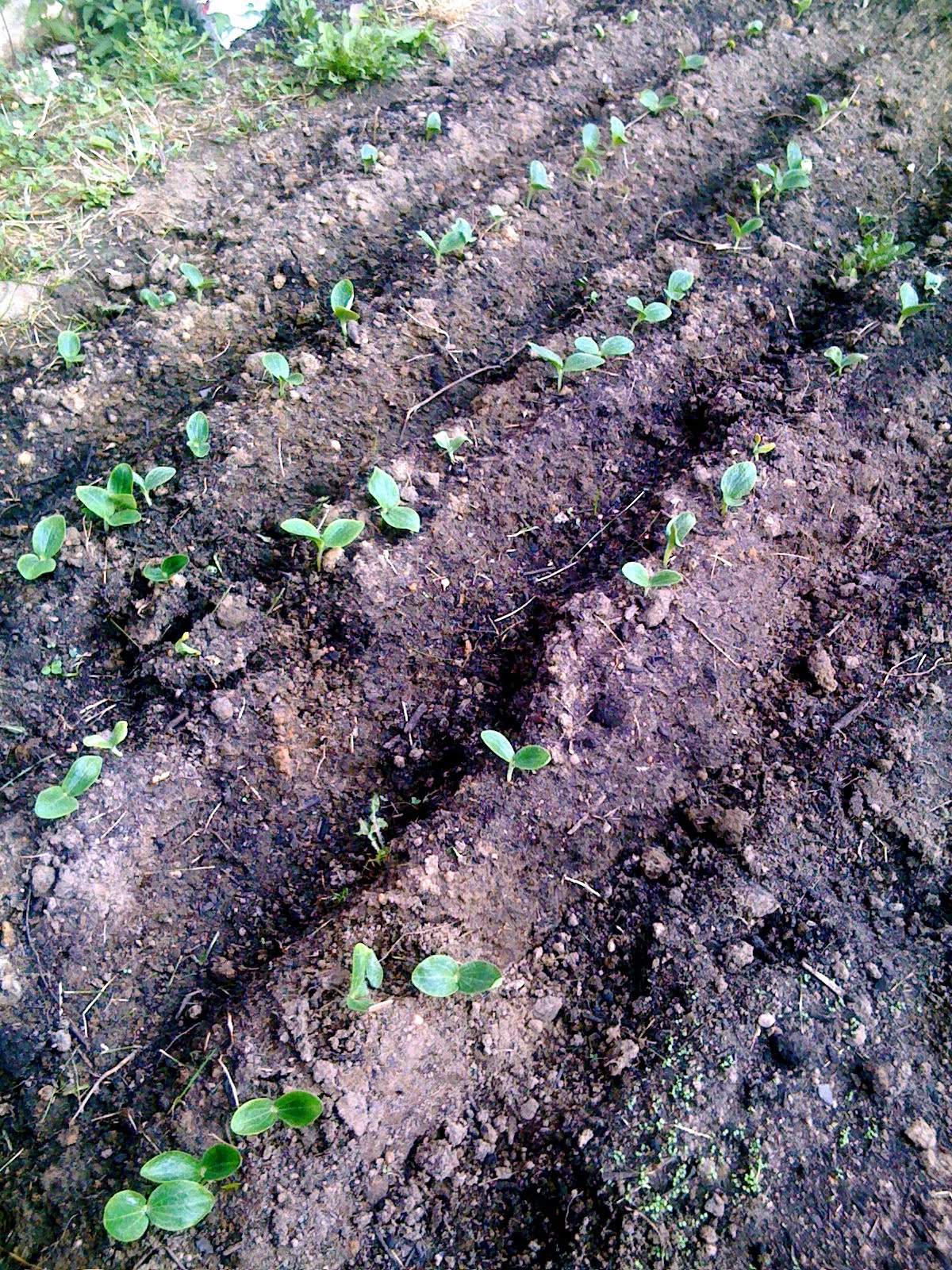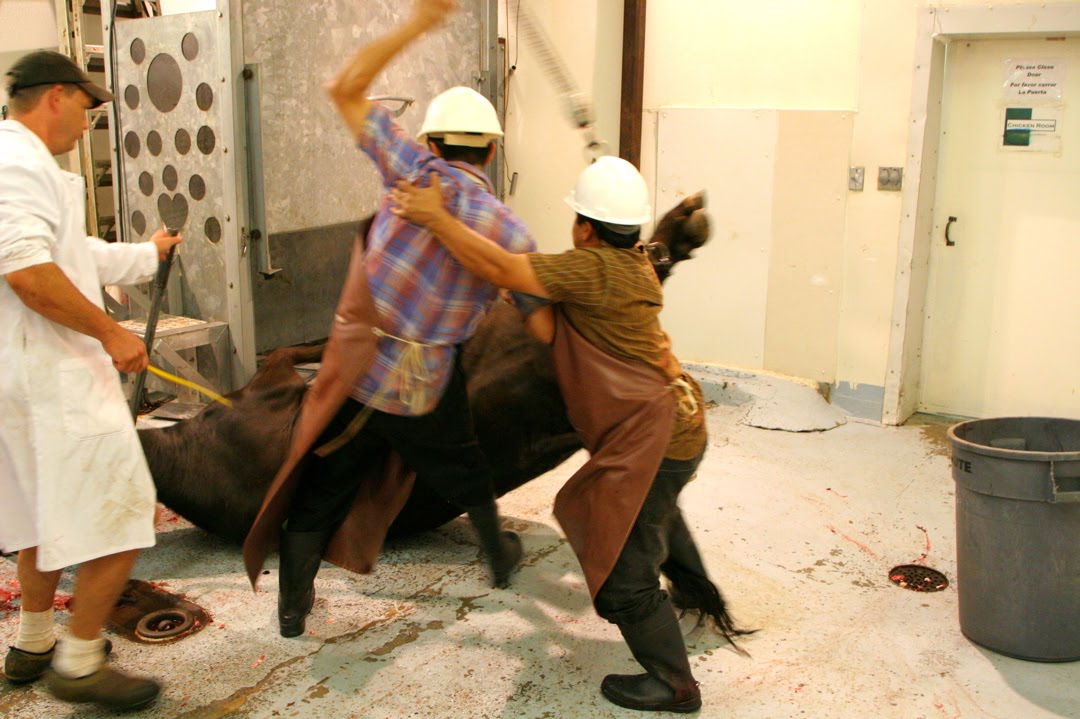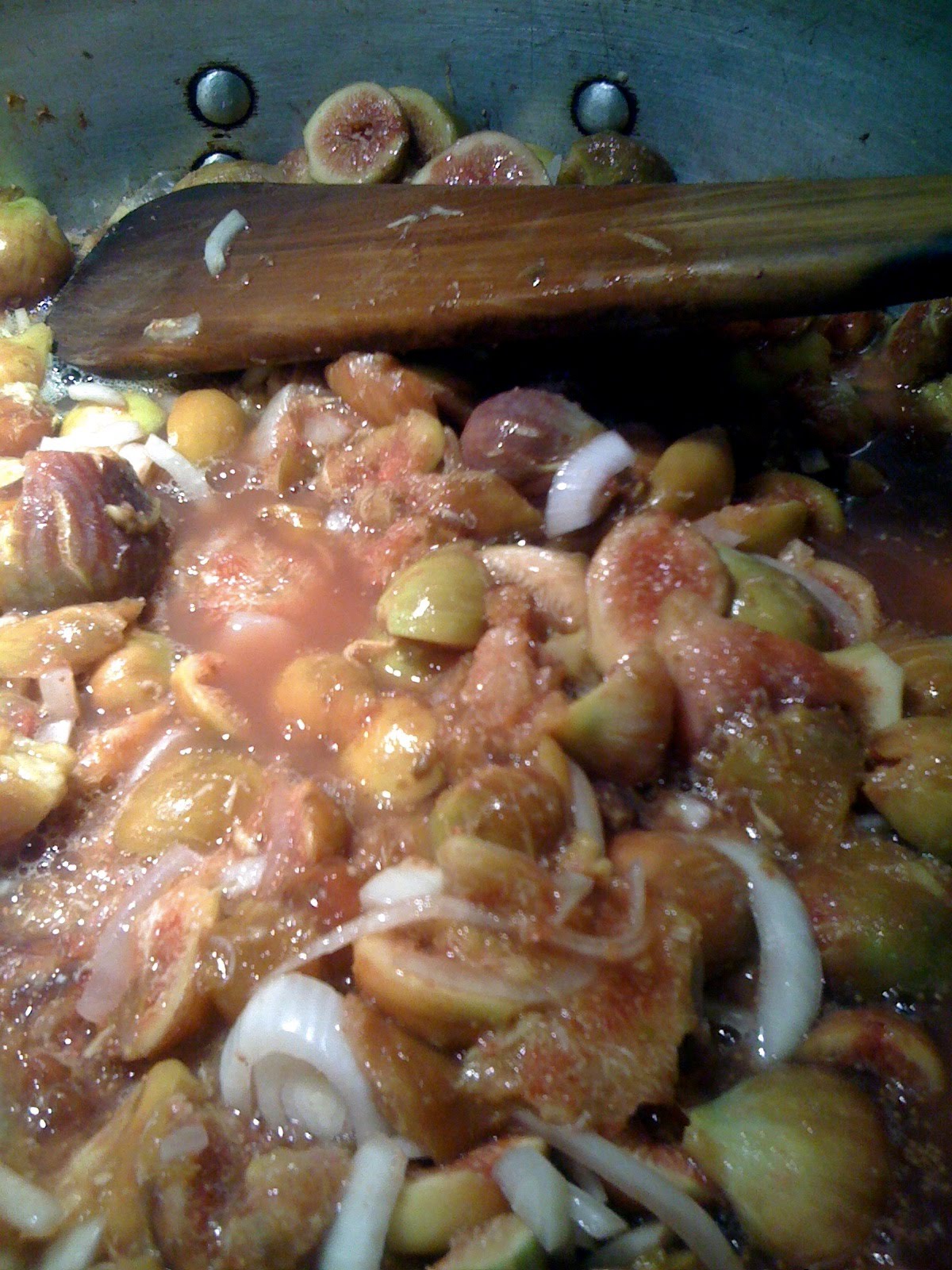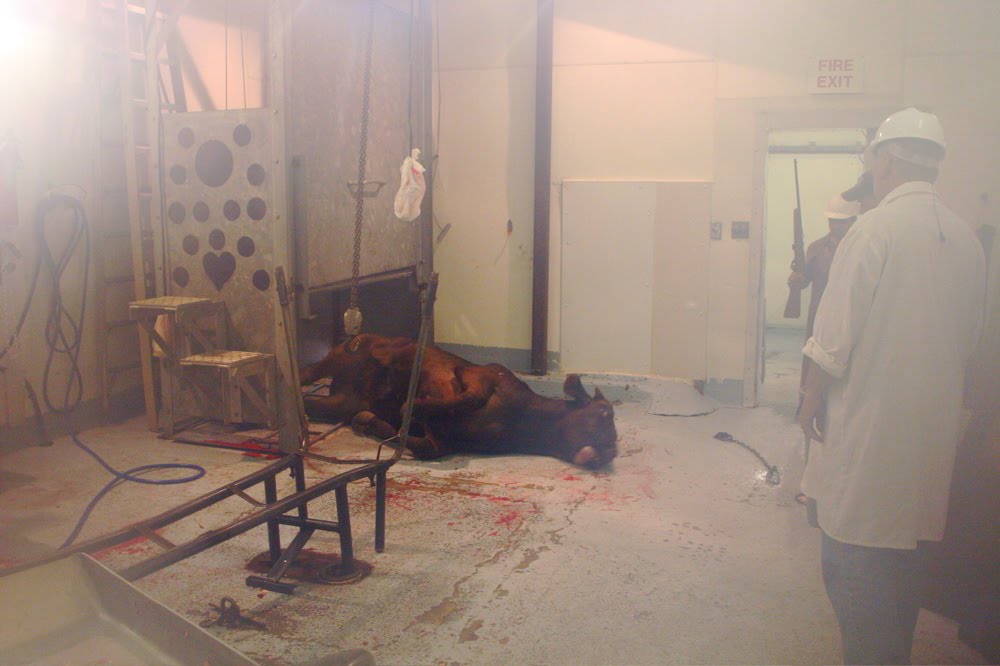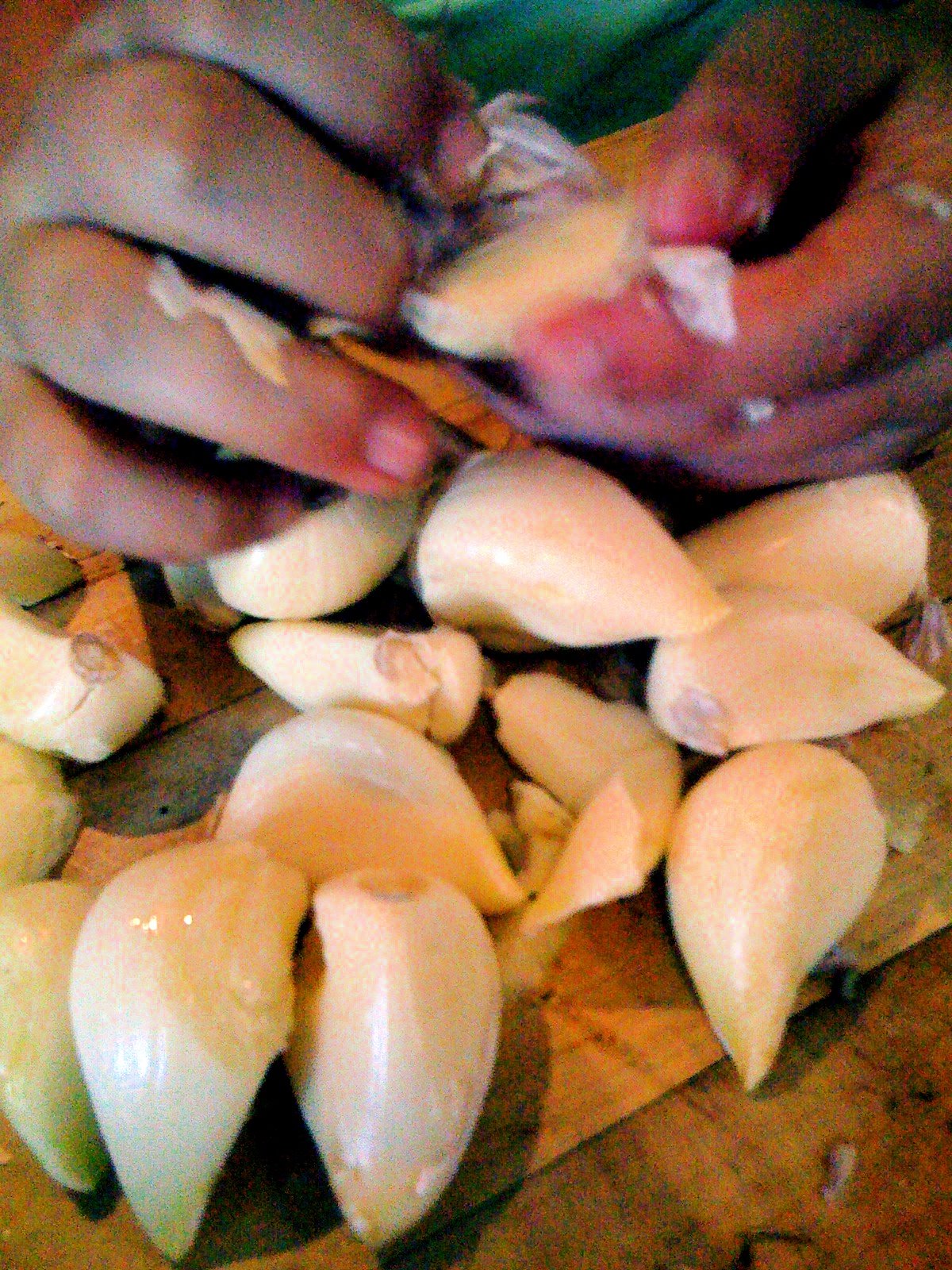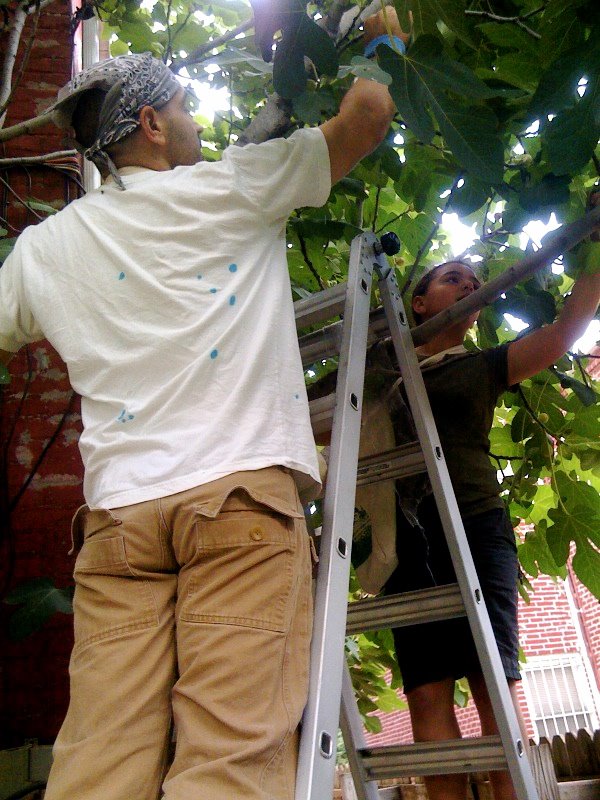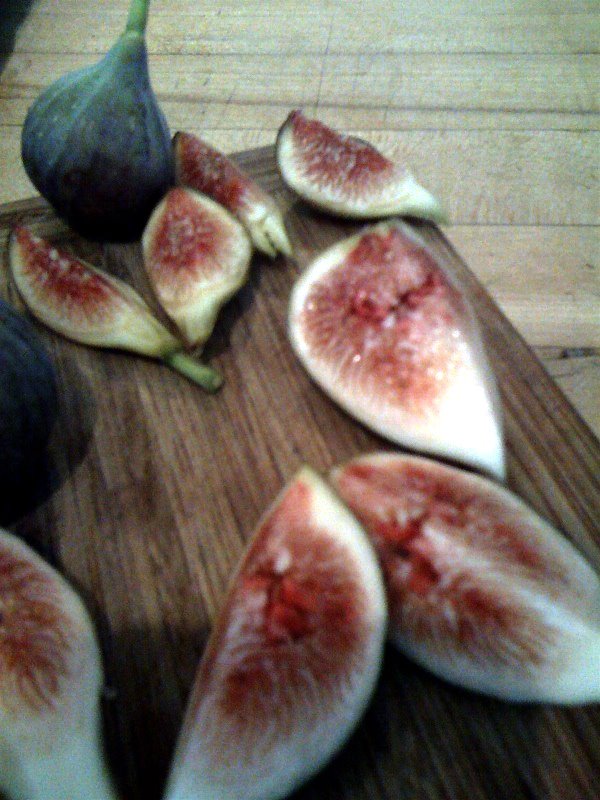 We went to see "The Cove” last night. The Cove is a movie about Taiji, Japan and dolphin fishing. In Taiji, dolphins are corralled in a lagoon by a method of Drive Hunting. There, the beautiful, athletic animals are auctioned off to Sea World-like shows (evidently a multi-billion dollar business). The dolphins that are NOT chosen to perform are led into a “killing cove”. Thousands of dolphins will be killed this year in Taiji for what is said to be their meat. The movie is based on activists, involved in an under cover operation to film the killing in spite of the hunter’s and local government’s attempt to keep the killing undocumented. The activists as well as the hunters are aware of the impact images of bottle nosed dolphins being slaughtered for food will have on a world obsessed with this mammal. Everyone is aware of the killings and openly addresses the issue; the fight is over documentation.
We went to see "The Cove” last night. The Cove is a movie about Taiji, Japan and dolphin fishing. In Taiji, dolphins are corralled in a lagoon by a method of Drive Hunting. There, the beautiful, athletic animals are auctioned off to Sea World-like shows (evidently a multi-billion dollar business). The dolphins that are NOT chosen to perform are led into a “killing cove”. Thousands of dolphins will be killed this year in Taiji for what is said to be their meat. The movie is based on activists, involved in an under cover operation to film the killing in spite of the hunter’s and local government’s attempt to keep the killing undocumented. The activists as well as the hunters are aware of the impact images of bottle nosed dolphins being slaughtered for food will have on a world obsessed with this mammal. Everyone is aware of the killings and openly addresses the issue; the fight is over documentation.
Ric O’Barry, the former trainer of the five dolphins that played Flipper on television in the 1960’s, drives this movie. Kathy was one of the ‘Flipper’ dolphins and her death had a deep impact on Ric. Openly remorseful about his part in advancing an oedipalization of Dolphins, he has taken an activist role in rectifying his mistakes. He sees no reason to ever keep a Dolphin in captivity.
The movie makes very clear that the problem is an anthropomorphic view of dolphins. And, this anthropomorphic view paradoxically leads us to capturing and captivating animals in a forced relationship. To the extent that an acoustic marine biologist asks the question of why dolphin trainers use hand signals–Dolphins have no hands, thus setting up a system of one-way communication. The point being: Why do we travel to outer space in search of life–to communicate with life yet unknown, when we have this amazing acoustic species here? Instead of trying to communicate with these mammals, we teach them to break-dance and play with beach balls or worse train to kill as weapons of destruction.
If the problem is one of transferring human qualities onto dolphins and turning these animals into adorable property for our entertainment, then why should we have a problem with fishermen killing these animals for food? Food is the opposite of anthropomorphic and to kill a Human is forbidden. Why should this animal be treated different than a cow? Why should a dolphin or any animal enjoy a human-like status similar to the ones reserved for dogs, cats and horses in the US? And if one animal enjoys a certain status, why not all? If the answer is: all animals are equal in a systematic categorization or separation of human and animal then why should we impose a moratorium on the harvesting in Taiji?
Well it turns out that Dolphin meat is a toxic substance and to eat this mercury laden mammal would be similar to smoking packs of filter less Camel cigarettes, every day! Dolphins are a horrible source of sustenance. Which in many senses renders the killing senseless or even worse a proud gesture that is similar to cutting one’s nose off to spite one’s face. The hunters make it known that the issue is not one of money and when offered subsidies to stay home they invoke Nationalism and Culture as their right to continue the tradition of Drive Hunting Dolphins. These Japanese Fishermen make it clear that they resent the West interfering with the long standing cultures of whaling and dolphining industries. Similarly, the Activist seem to reserve a beyond human status for the dolphins.
So the film presents an interesting paradox, one of which the Dolphin Hunters and the Dolphin Advocates both advance a perspective, that to view these animals through an anthropomorphic lens is to deny facts. For the Hunters the dolphins have always been food and for the Advocates the dolphins have always been wild. But it is the myth of the dolphin that both aids and hinders their causes.
The Hunters use the anthropomorphic view in order to finance the killing. That is to say that the money they make auctioning off performing dolphins far out weighs any money made selling dolphin meat, $150,000 for a Sea World dolphin and $600 for a meat dolphin. Advancing a view of dolphins that would be horrified at their killing and eating is the backlash of the financial strategy.
The Advocates use the anthropomorphic view in order to stop the killing. That is to say that their goal of showing pictures or video to the world of dolphins being slaughtered is premised on the notion that there is an economy of intolerance when it comes to watching dolphins being slaughtered. And dolphins being captured and forced to perform have set up that intolerance. Dolphins are animals that we are horrified to see being eaten because of the Sea World shows.
Ric O’Barry adopts Dolphin meat as a health issue to combat the killing almost as a secondary strategy. In the Advocate’s attempt to throw every thing at this senselessness they maybe missing their most important weapon, human’s anthropocentricism. That is to say Man’s inability to understand anything apart from how man will be affected by it.
The film points out that Japan has a history of Mercury poisoning and its cover up. Minamata is a City in Japan where the Chisson Corporation allowed the dumping of Mercury into its waters thereby poisoning people as well as wombs and fetuses. (This has been amazingly documented by the photographer W. Eugene Smith.) Ric O’Barry uses this history to connect with many in Japanese cities like Tokyo, who have no cultural connection with the harvesting of dolphins, to create outrage that children are being poisoned.
The film seems to rush by the Activists greatest success: the two Taiji city council members who put an end to the dolphin meat for school lunch program.
Ultimately the film at certain points seems mired in myth and the kind of thought that perpetuates looking into the eyes of something and deciding we know what it is thinking… This is NOT to say that the animals are not thinking and the senseless slaughter should continue, it is only to say that on some level, it is Necessity that should lead us and in That Necessity is where we find our truest pleasures emptied of resentment and nostalgia… senseless killing is senseless killing and ultimately does have a profound affect on our environment, what we are forced to eat and the perspective we take through media.
Martin Lane was inspired to write this letter as soon as she walked in the house after watching The Cove:
Dear President of the United States,
Hello my name is Martin-Lane Cochran. I am 10 years old.I am a vegan and have been one since I was born. You’ll probably never read this but I feel like it can make a difference.Now getting to the point please read the rest of the letter.
My Mom, Sidra Dad, John and I went to see the independent film, The Cove. It is about the slaughtering of dolphins, the process is about the same as whales. Yet it is mostly happening in Japan, I understand that this is half the way around the world from us (or so they say) but could you donate or something to the OPS. This company or organization that is saving many species including us humans. What I mean is fish is killing us humans and soon our food chain will be a mess. You’ll understand more when you watch the movie. I do not really have a question or am asking you to do anything but I just wanted you to know about the subject.
Sincerely,
Martin-Lane Cochran
P.S. I know you are busy so you do not have to write me back just please watch the movie with your daughters.





